The Caribbean is well known for its clear beaches, rich tropical scenery, and dynamic culture. The various colourful flowering shrubs are one of the most appealing natural wonders of this sanctuary. These bushes are essential to the region’s biodiversity in addition to bringing colour and vibrancy to the surroundings. This post will discuss some of the best-multihued flowering shrubs found in the Caribbean, each having its distinct beauty and allure.
1. Bougainvillea (Bougainvillea spp.) Multihued Flowering Shrub

The Bougainvillaea is one of the most iconic and widely recognised flowering shrubs in the Caribbean. Known for its vibrant colours and resilient nature, Bougainvillea is a popular choice for both gardens and public spaces.
- Appearance and Varieties: The little, insignificant flowers of bougainvillaea plants are surrounded by brilliant, papery bracts that give them their distinctive look. The vibrant range of colours exhibited by these bracts includes pink, magenta, purple, red, orange, and white. To further enhance its beauty, certain kinds even exhibit a variety of colours on the same plant.
- Growth and Care: The Caribbean’s warm, sunny atmosphere is ideal for the hardy bougainvillaea plant. After it has been established, it needs little watering and enjoys well-drained soil. This shrub is very adaptable in landscape design because it may be trained to grow as a tiny tree, a bush, or even a vine.
- Cultural Significance: Bougainvillaea is a symbol of beauty and resilience in many Caribbean cultures. Its resilience to adversity is a testament to the resilient nature of the local population.
2. Hibiscus (Hibiscus rosa-sinensis) Multihued Flowering Shrub
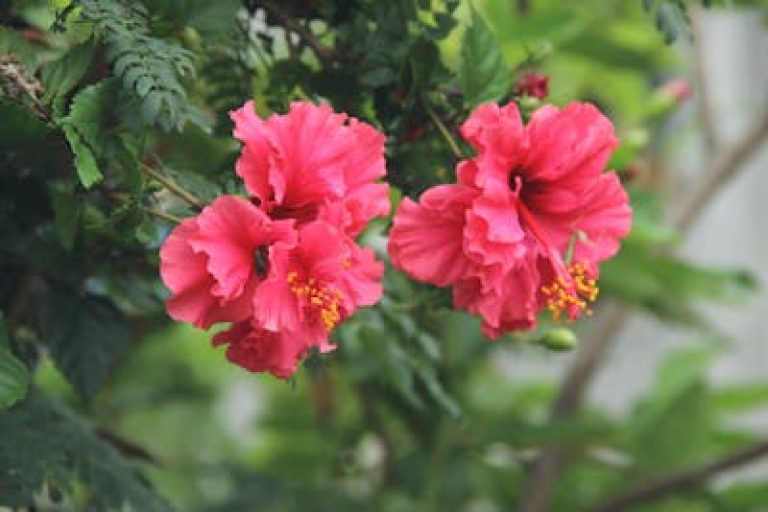
Another well-liked shrub in the Caribbean is the hibiscus, which is renowned for its big, eye-catching blooms and associations with tropical paradise.
- Appearance and Varieties: Large hibiscus flowers usually have five petals and a noticeable central stamen. They are available in a multitude of hues, including red, pink, yellow, orange, white, and even multihued ones. For instance, the ‘Rainbow’ Hibiscus is well-known for having an exquisite combination of colours in a single bloom.
- Growth and Care: The Caribbean’s warm, humid climate is ideal for hibiscus growth, which also requires well-drained soil that contains lots of organic matter. These plants can be kept healthy and flowering with regular fertilisation and watering. Growers can cultivate hibiscus as a hedge, a solitary shrub, or even in containers.
- Cultural Significance: The hibiscus flower has a rich cultural history in the Caribbean, where it is frequently utilised in traditional medicine, as a symbol in artwork, and as a textile motif. The hibiscus is a common plant for gardens and ceremonial areas since it is also connected to love and passion in various cultures.
3. Lantana (Lantana camara) Multihued Flowering Shrub
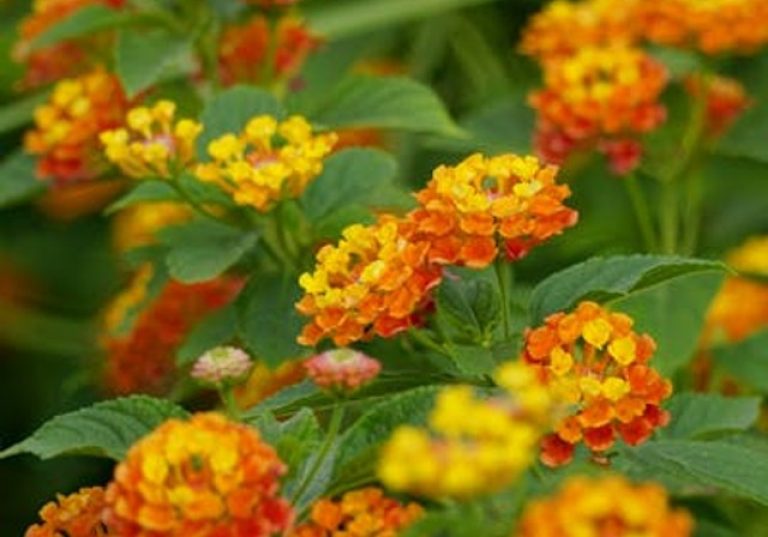
The robust, drought-tolerant lantana shrub is well-known for its clusters of tiny, colourful blooms. Since it it attracts butterflies and other pollinators, gardeners in the Caribbean love this shrub.
- Appearance and Varieties: Though lantana flowers are tiny, they grow in dense clusters that can contain several different colours, including pink, yellow, orange, red, and purple. The lantana is one of the most visually arresting plants in the area because of its multicoloured display.
- Growth and Care: Despite preferring well-drained soil, lantana is incredibly adaptive and can grow in a wide range of soil types. It is perfect for xeriscaping since it tolerates full sun and needs little irrigation once it is established. Hanging baskets, low hedges, and ground covers can all be planted with lantana.
- Cultural Significance: Though prized for its aesthetic qualities, lantana is considered an invasive species in many Caribbean regions. Its colourful blossoms and its function in sustaining the local wildlife—especially butterflies—have not diminished its appeal in gardens, either.
4. Ixora (Ixora coccinea) Multihued Flowering Shrub
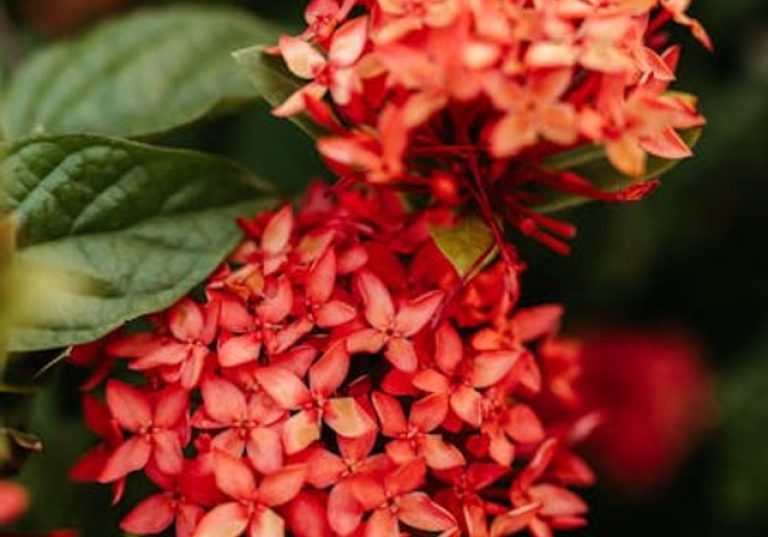
Ixora is a prominent plant in Caribbean gardens, sometimes referred to as Flame of the Woods or Jungle Geranium. It is prized for the thick clusters of tiny, vividly coloured blossoms that resemble stars.
- Appearance and Varieties: Typically red, orange, yellow, or pink, ixora flowers can also have multicoloured blooms on certain types. In any garden, the tightly clustered blossoms create a striking impression. The vibrant blossoms stand out sharply against the glossy, dark green leaves.
- Growth and Care: Ixora grows best in full sun to light shade and likes acidic, well-drained soil. Frequent fertilisation and irrigation encourage robust growth and abundant blooming. In Caribbean gardens, this shrub is frequently utilised as a specimen plant or in hedges and borders.
- Cultural Significance: Many Caribbean people have a particular place in their hearts for Ixora, which is frequently employed in religious and ceremonial contexts. Additionally, the blooms are frequently utilised as offerings in temples and floral displays.
5. Plumbago (Plumbago auriculata) Multihued Flowering Shrub
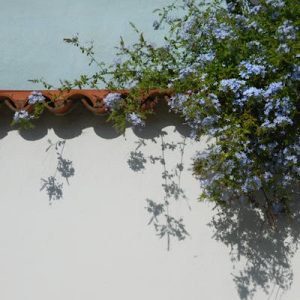
The delightful shrub known as plubago, or Cape leadwort, is prized for its exquisite, sky-blue blossoms. One of the few shrubs with flowers that provides a cool, calming colour in the warm Caribbean weather is this one.
- Appearance and Varieties: Blue flowers with five petals in clusters from mild sky blue to a richer, more vivid blue are produced by plumbago. Plumbago alba, the white variant, is another equally beautiful variety.
- Growth and Care: The adaptable plumbago shrub can be utilised as ground cover, trained as a vine, or grown as a bush. It can handle little shade, but it likes full sun and well-drained soil. Frequent trimming promotes additional blooms and helps keep the plant in shape.
- Cultural Significance: Plumbago is a popular plant for gardens intended for rest and meditation since it is frequently connected to tranquillity and calmness in Caribbean mythology.
6. Oleander (Nerium oleander) Multihued Flowering Shrub
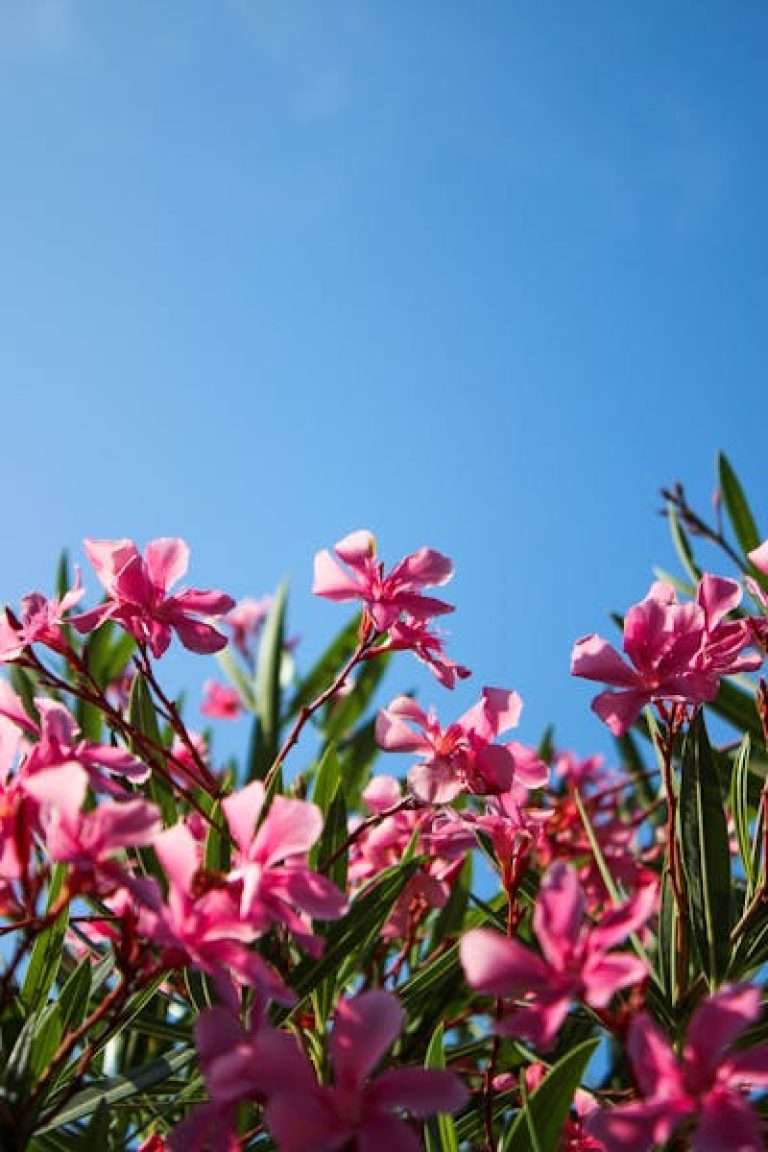
Strong and evergreen, oleander is prized for its eye-catching funnel-shaped blossoms. Oleander is a beautiful plant, but it is also very toxic, which makes it much more mysterious in Caribbean gardens.
- Appearance and Varieties: Oleander blooms can be white, pink, red, yellow, or any combination of these colours. Additionally, some types have multihued flowers that combine these colours. The sensory appeal of this shrub is enhanced by the frequently scented blossoms.
- Growth and Care: Due to its extreme resilience, oleander can grow in a variety of soil types, even the poor, sandy soils found in coastal regions. After it is established, it needs little watering and grows best in direct sunlight. However, because of its toxicity, caution should be used when planting it near places where kids and pets frequent.
- Cultural Significance: Oleander’s poisonous qualities are why it is frequently linked in Caribbean mythology to caution and peril. But it is also highly prized for its aesthetic qualities, and ornamental plantings often feature it, especially in places where its toxicity can be controlled.
7. Clerodendrum (Clerodendrum spp.) Multihued Flowering Shrub
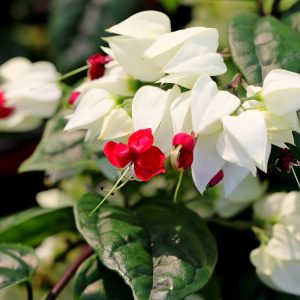
The varied genus Clerodendrum contains some species that are well-liked in Caribbean gardens, including the Starburst Bush (Clerodendrum quadriloculare) and the Bleeding Heart Vine (Clerodendrum thomsoniae).
- Appearance and Varieties: Species of Clerodendrum are noted for their distinctive and frequently striking blooms. For instance, the Starburst Bush bears clusters of long, tubular flowers that burst into a pink and white explosion, and the Bleeding Heart Vine has beautiful red and white blossoms that resemble a bleeding heart.
- Growth and Care: Clerodendrum grows best in full to partial light and prefers well-drained, fertile soil. It needs to be pruned frequently to keep its shape and promote flowering. These shrubs can be trained to climb fences and trellises, or they can be planted as stand-alone plants.
- Cultural Significance: In Caribbean traditions, clerodendrum is frequently associated with love and devotion, especially with the Bleeding Heart Vine. Its blossoms are popular in floral centrepieces and are also used in traditional medicine.
8. Crape Jasmine (Tabernaemontana divaricata) Multihued Flowering Shrub
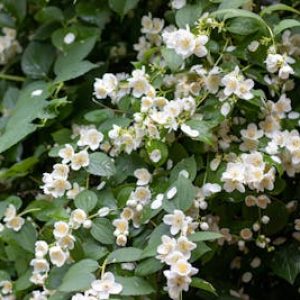
Crape Jasmine, sometimes called Moonbeam or East Indian Rosebay, is a lovely shrub valued for its fragrant white blossoms that resemble tiny gardenias.
- Appearance and Varieties: The white, pinwheel-shaped flower clusters that the rape jasmine produces contrast strikingly with its glossy, dark green foliage. Although white is the most prevalent hue, many types feature slightly pink or yellow-tinted blossoms.
- Growth and Care: This shrub needs well-drained soil and frequent watering to grow in warm, humid climates. It is frequently used in borders, hedges, and as a specimen plant. It can thrive in full sun or some shade. It is a favourite next to patios and outdoor living areas because of the scent of its blossoms.
- Cultural Significance: In Caribbean traditions, jasmine is frequently linked to tranquillity and purity. In addition to being prized for their medical properties, the flowers are utilised in religious ceremonies and as offerings at temples.
Conclusion
In the end, it should be noted that the Caribbean’s multihued flowering shrubs are more than just lovely plants; they represent an integral aspect of the region’s culture. They capture the colourful essence of the Caribbean, where people celebrate life in all of its manifestations. These bushes symbolise a deep and lasting connection to the natural world for everybody who has ever had the delight of seeing them in bloom. You take motivation to infuse a little bit of this paradise into your world, wherever that may be, along with you as you depart the Caribbean along with memories of breathtaking scenery.
Photo credits: pixels.com, pixabay.com

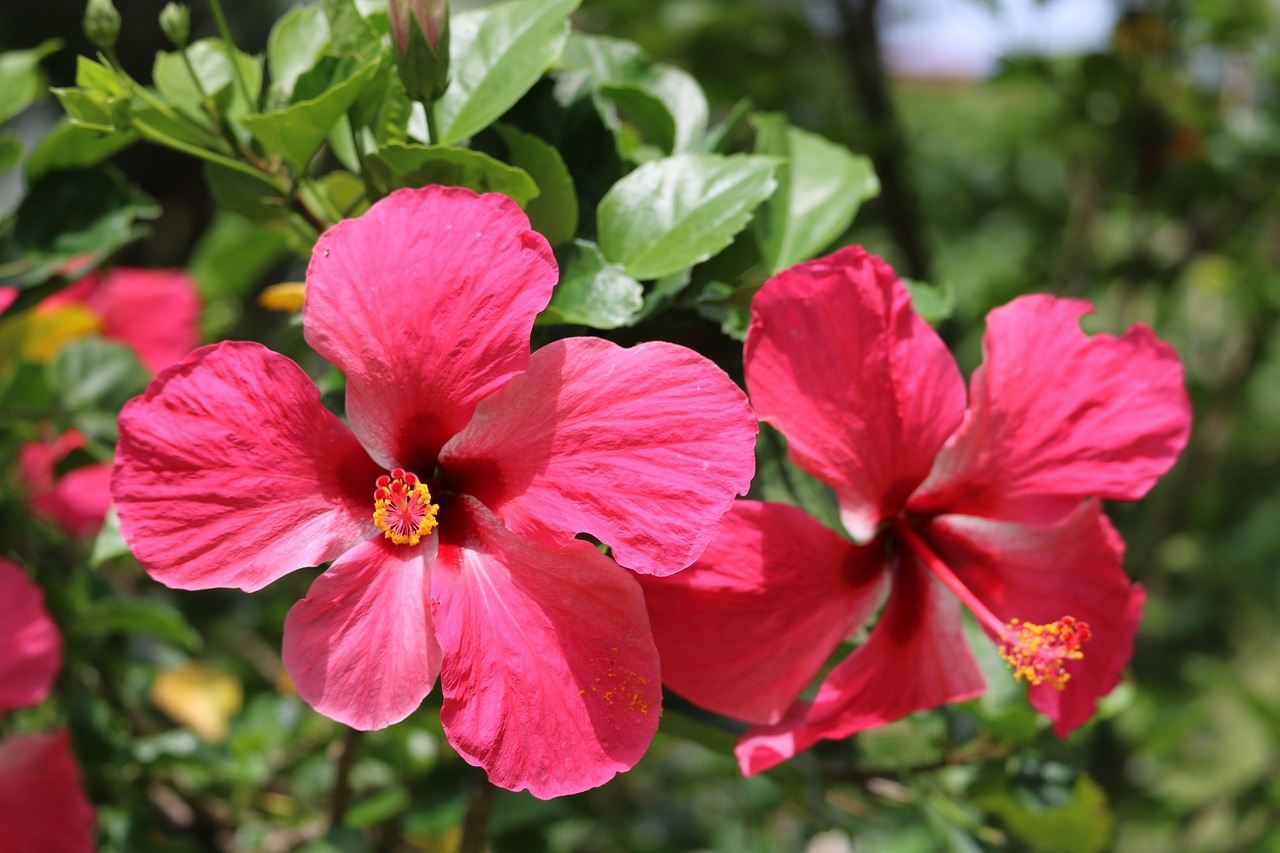
0 Comment